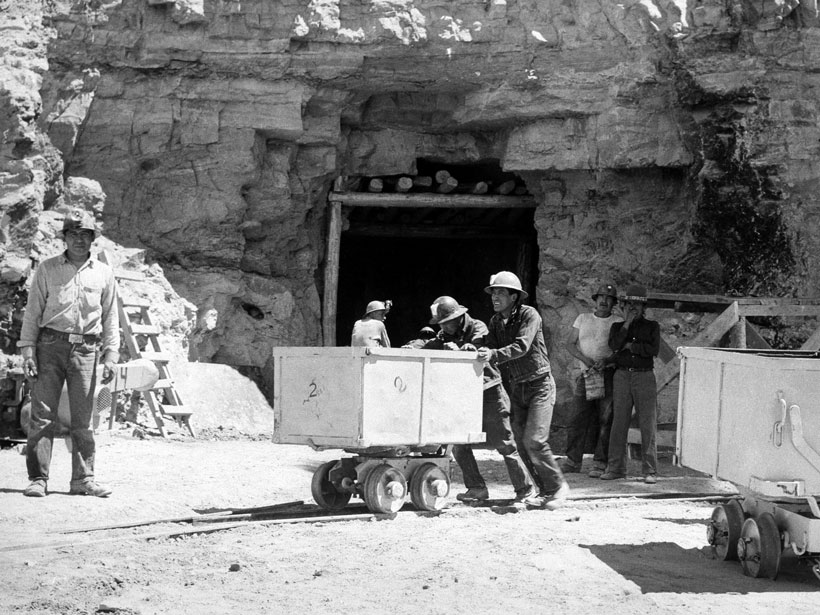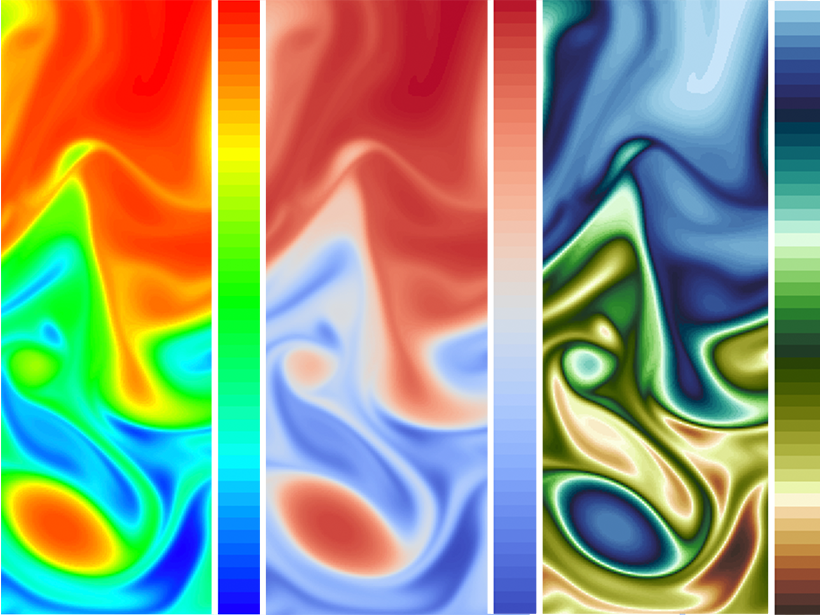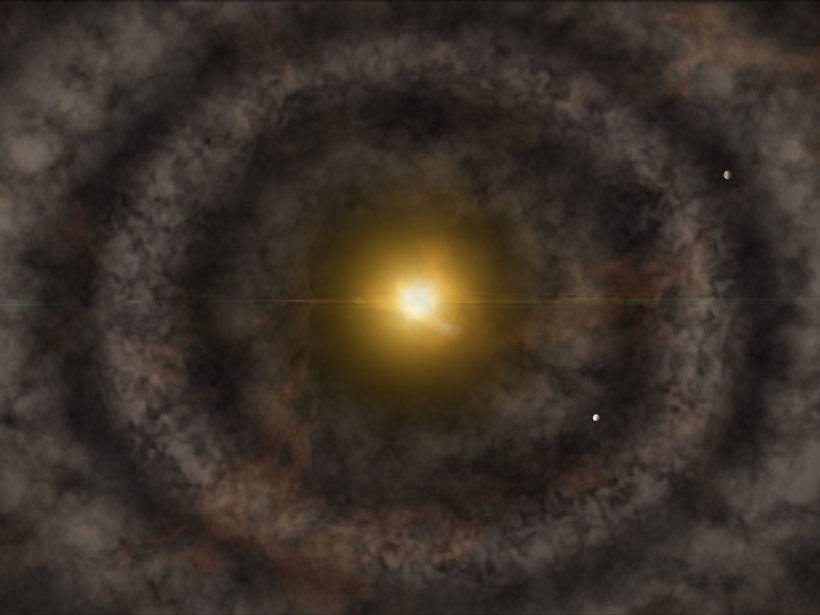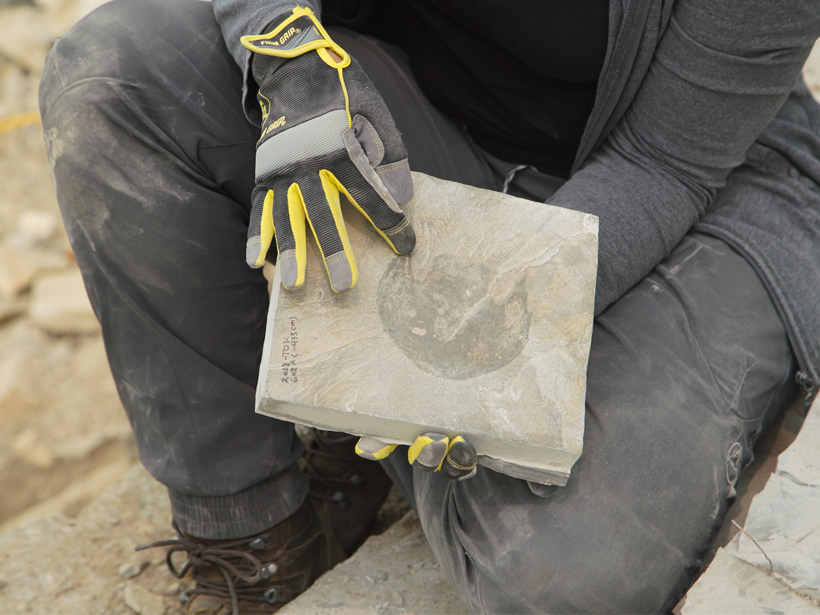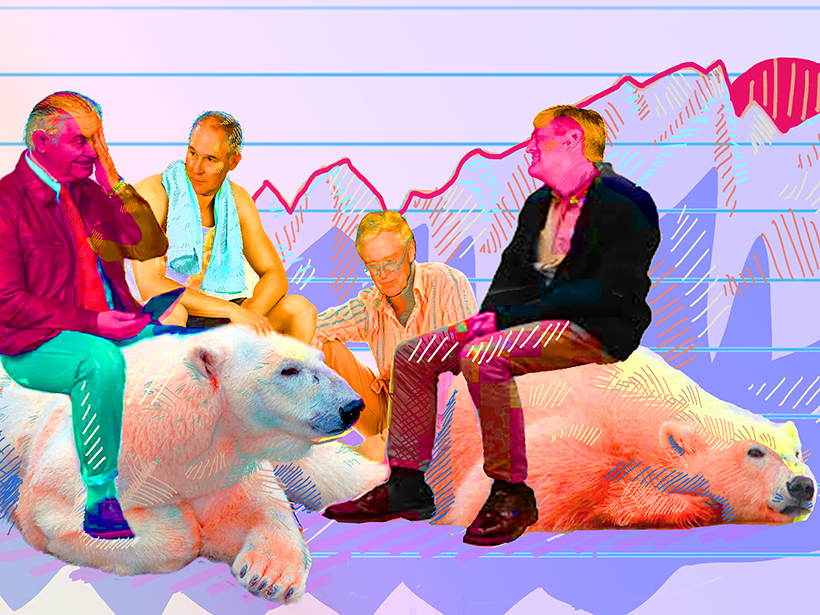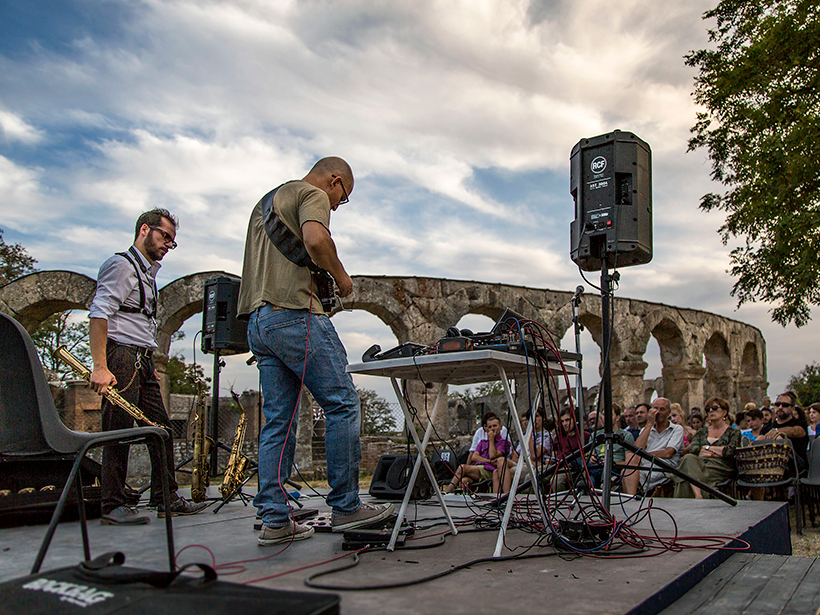An innovative clinical trial uses “two-way participation” between Navajo and medical communities to study the impact of zinc on mitigating health effects associated with uranium mining.
arts
Visualizing Science: How Color Determines What We See
Color plays a major role in the analysis and communication of scientific information. New tools are helping to improve how color can be applied more accurately and effectively to data.
Photography Focuses on Sea Level Rise and Eroding Communities
Narratives from applicants for the Getty Images Climate Visuals Grants provided a unique insight into the reality of climate change. Both winners focused on the impact of sea level rise.
The Ice Giant Spacecraft of Our Dreams
Scientists imagined some innovative technologies that could enhance a future mission to Uranus or Neptune.
Set to Music, Exoplanets Reveal Insights on Their Formation
Sonification hints at how some Kepler planets may have been configured in the late stages of their development.
The Scientist Who Connected It All
Approaching the 250th anniversary of Alexander von Humboldt’s birth, we look back at the life and legacy of “the most scientific man of his age.”
Newly Discovered Fossil Species Named After Star Wars Starship
The 500-million-year-old species is a distant relative of today’s crabs, spiders, and insects.
Transcending Science: Can Artists Help Scientists Save the World?
The artistic process begins with human engagement. Perhaps the revolution we need to address climate change begins by making it an integral part of the scientific method.
Rock On with a Group That Makes Music from Geophysical Data
Musical numbers include an Italian fault and a tour of an African greenstone belt.

